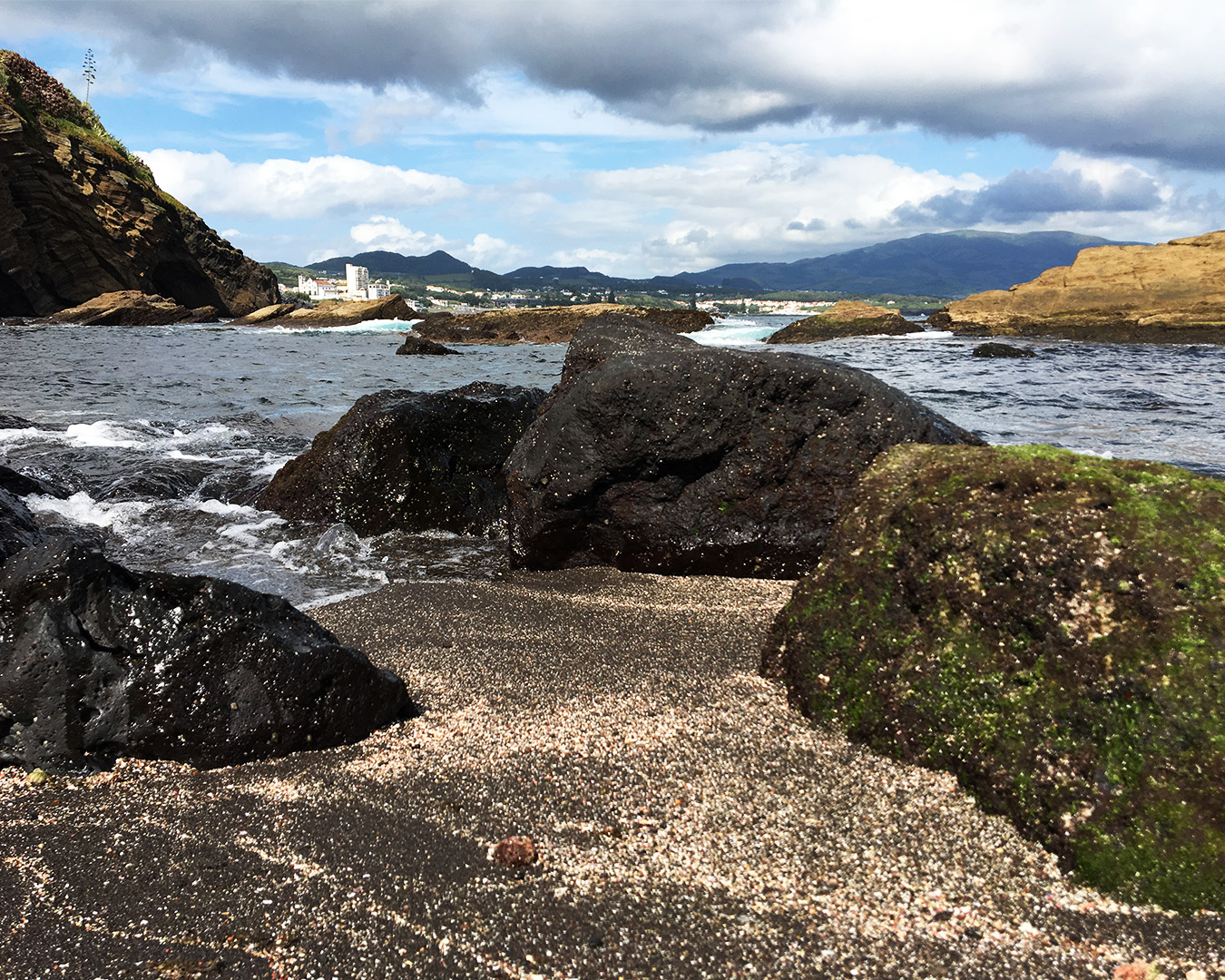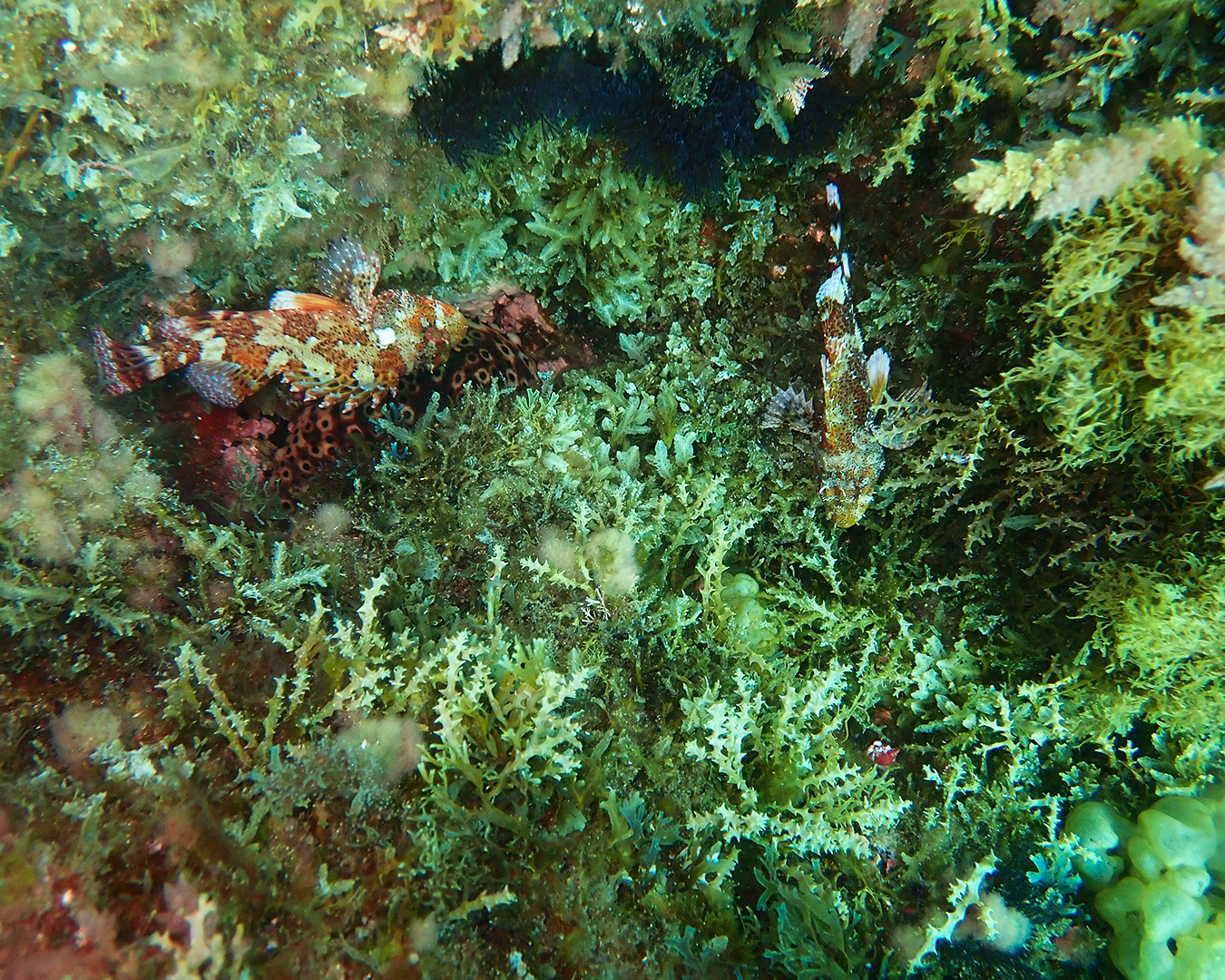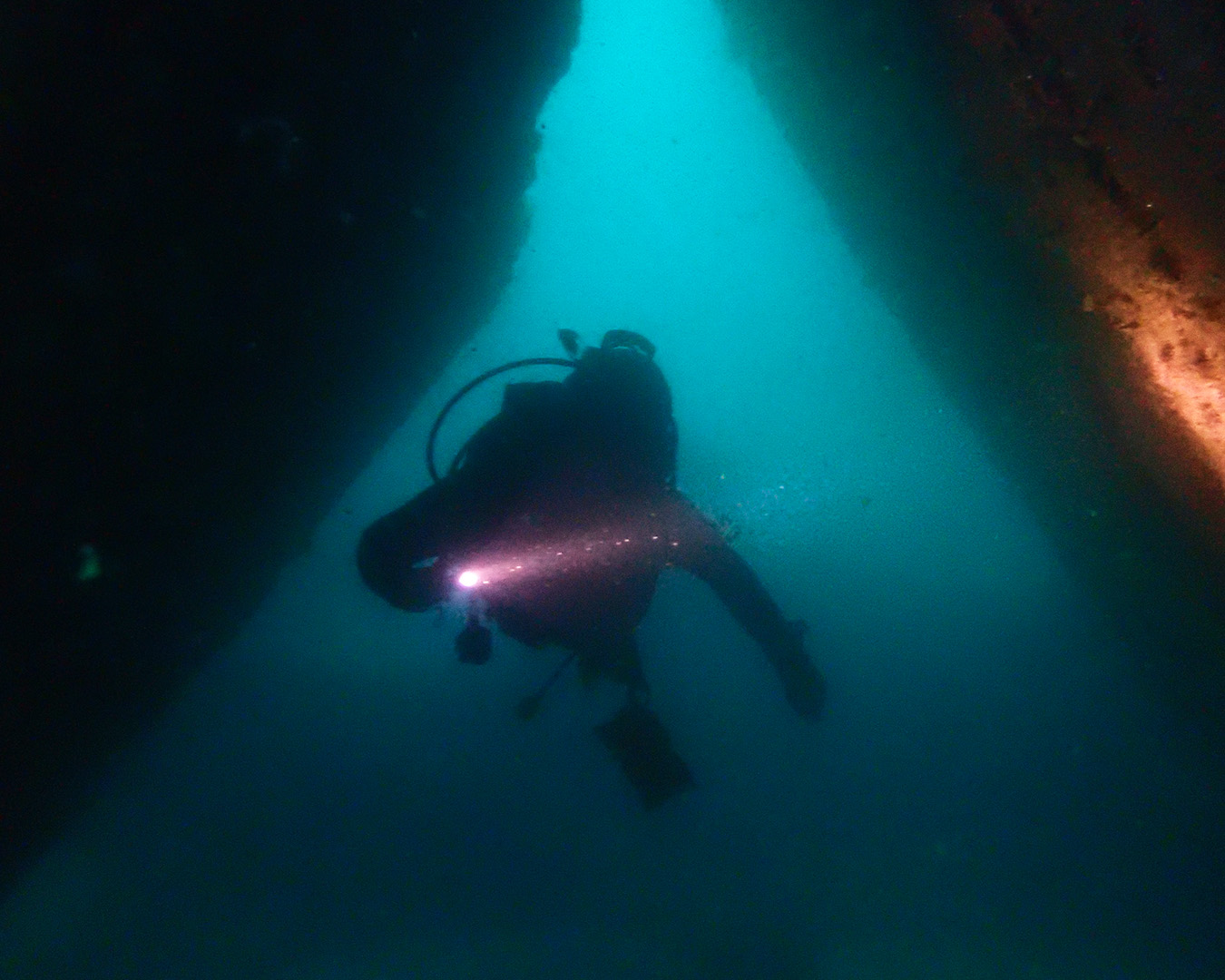
| Acronym: | CRYPTO |
| Cost Center: | 890 |
| Operation Code: | ACORES-01-0145-FEDER-000091 |
| Title: | CRYPTO - Molecular Identification of Critopogenic Macroalgae with Invasive Potential in the Azores |
| Start-End: | 01-05-2019 - 30-06-2023 |
| Entidade Beneficiária Principal: | Fundação Gaspar Frutuoso |
| Entidade Beneficiária Co-Promoção: | Sociedade de Estudos Açorianos Afonso Chaves |
| Gestores da FGF: | Lúcia Cláudio |
| Responsible Researcher: | Daniela de Lima Gabriel |
| Organic Units: | FCT - Faculdade de Ciências e Tecnologia |
| R&D Units: | CIBIO-A - Centro de Investigação em Biodiversidade e Recursos Genéticos |
| Entidade | Montante | Sociedade de Estudos Açorianos Afonso Chaves |
|---|---|---|
| Total Eligible Cost | 175.214,30 € | 12.283,75 € |
| Direção Regional da Ciência e da Tecnologia (15.0 %) | 26.282,14 € | 1.842,56 € |
| PO Açores 2020 - FEDER (85.0 %) | 148.932,15 € | 10.441,19 € |
Main Objectives:
Non-indigenous species (NIS) represent a water quality descriptor in the Marine Strategy Framework Directive (MSFD) as they are a major threat to biodiversity. The Azores have 26 species of marine macroalgae identified as NIS, twice the world trend. With six coherently articulated tasks, the CRYPTO Project aims to detect NIS among the 40 cryptogenic species in the Azores, assess the respective invasive risks and increase quality scientific production oriented towards intelligent specialization.
The CRYPTO Project intends to determine the origin, distribution and risk of potentially invasive algae, based on the application of advanced techniques such as DNA bar codes (in English, DNA Barcoding) and oceanographic modelling. The results of this project will contribute to the environmental goals stipulated in the regional Program of Measures within the scope of the MSFD, favoring the conservation of unique Azorean ecosystems.
Project Description:
The presence of non-indigenous species (NIS), introduced or facilitated by human activities, is one of the great modern threats to marine biodiversity [1], with potential impacts on biodiversity, economy and public health [2].
The European Union (EU) Marine Strategy Framework Directive [3], in which Member States must achieve or maintain a good environmental status by 2020, established 11 descriptors for water quality, one of which is specifically related to the level of NIS introduced by human activities (descriptor 2, D2), and four other descriptors that influence or are influenced by D2 [4].
When a species is not evidently native or introduced, it is referred to as cryptogenic, a common occurrence with important consequences for the understanding of biological invasions [5].
The Azores sub-region, which comprises 30% of the EU's exclusive economic zone [4], has 26 species of macroalgae or 6% of its marine flora [6] identified as NIS, which is twice the global average. This number may increase when the origin of 40 other species classified as cryptogenic is clarified [6]. Since many of the potentially invasive species are currently categorized as cryptogenic, it is imperative to determine their status to assess their ecological impact [7] and develop management plans.
In the last two decades, molecular techniques have been developed and improved to solidify the taxonomic identification of marine macroalgae, not only facilitating the discovery of new species and their taxonomic assessments [8], but also helping the clarification of cryptogenic taxa, and the identification of their population of origin and vectors [1]. To investigate patterns of genetic diversity and assess the origin and/or distribution of a given population, DNA barcode sequences are used to determine haplotype frequencies and their geographic distribution, and to reconstruct the phylogenetic relationships between the observed haplotypes [9]. ].
Complementary approaches such as historical documentation of maritime traffic [10] and Oceanic Biophysical Modeling, can be used to simulate the natural dispersion in the time scale of human travel [1] or the possible dispersion through floating marine debris in the last century (considering that 60-80% of this is plastic) [11].
With six tasks coherently articulated, Project CRYPTO aims to assess the origin, distribution and risk of potentially invasive algae, based on the application of DNA barcodes, phylogenetic reconstructions , haplotype networks and phylogeographic analyses, combined with historical assessments and ocean modelling. The results of this project will contribute to addressing the societal challenge “Climate Action, Environment, Resource Efficiency and Raw Materials”, established by the EU's Horizon 2020, aiming at protecting the environment and conserving the unique Azorean ecosystem.
1 - Dawson, M.N. et al. (2005). Proceedings of the National Academy of Sciences of the United States of America, 102(34), 11968-11973.
2 - CBD (2010). Document UNEP/CBD/COP/DEC/X/2. Secretariat of the Convention on Biological Diversity.
3 - EC (2008). Official Journal of the European Union, 164, 19-40.
4 - SRRN (2014). Marine Strategy for the subdivision of the Azores. Regional Secretariat for Natural Resources.
5 - Geoffroy, A. et al. (2016). Ecology and evolution, 6(16), 5635-5647.
6 - Micael, J. et al. (2014). Helgoland marine research, 68(2), 209.
7 - Yund, P.O. et al. (2015). The Biological Bulletin, 228(3), 201-216.
8 - De Clerck, O. et al. (2013). Journal of Phycology, 49(2), 215-225.
9 - Gabriel, D. et al. (2015). Arquipelago-Life and Marine Sciences, 32, 1-9.
10 - Geller, J.B. et al. (2010). Annual Review of Marine Science, 2, 367-393.
11 - Lebreton, L.M. et al. (2012). Marine Pollution Bulletin, 64(3), 653-661.
Results:
1 Workshop with experts; 1 Online Meeting; 4 International articles; 2 National Articles, 4 Oral Communications at Congresses; 1 Database; 1 Field guide; and 1 project website.





